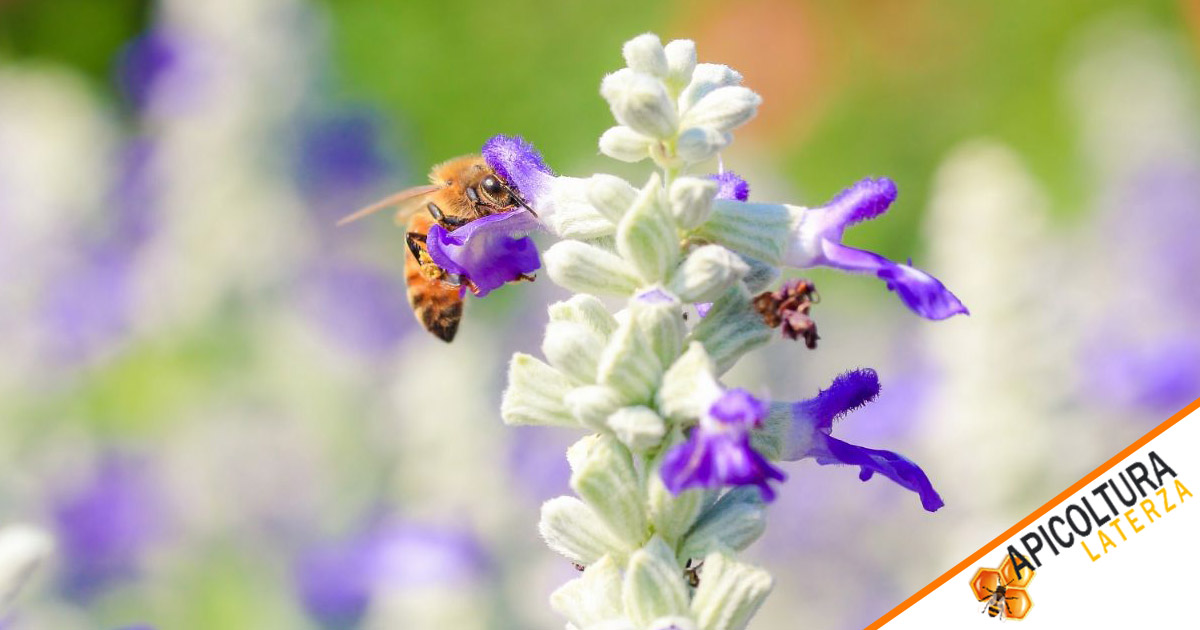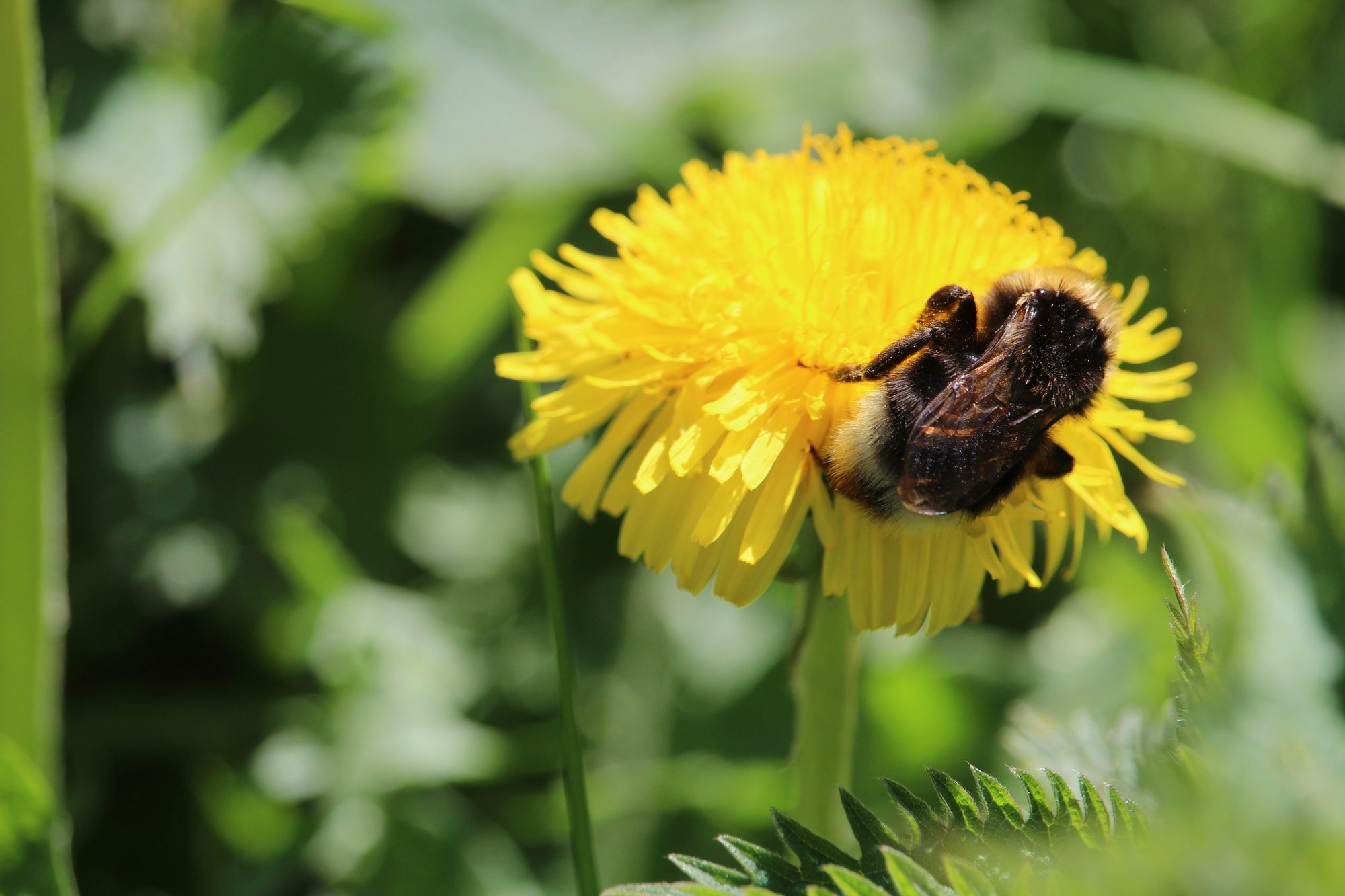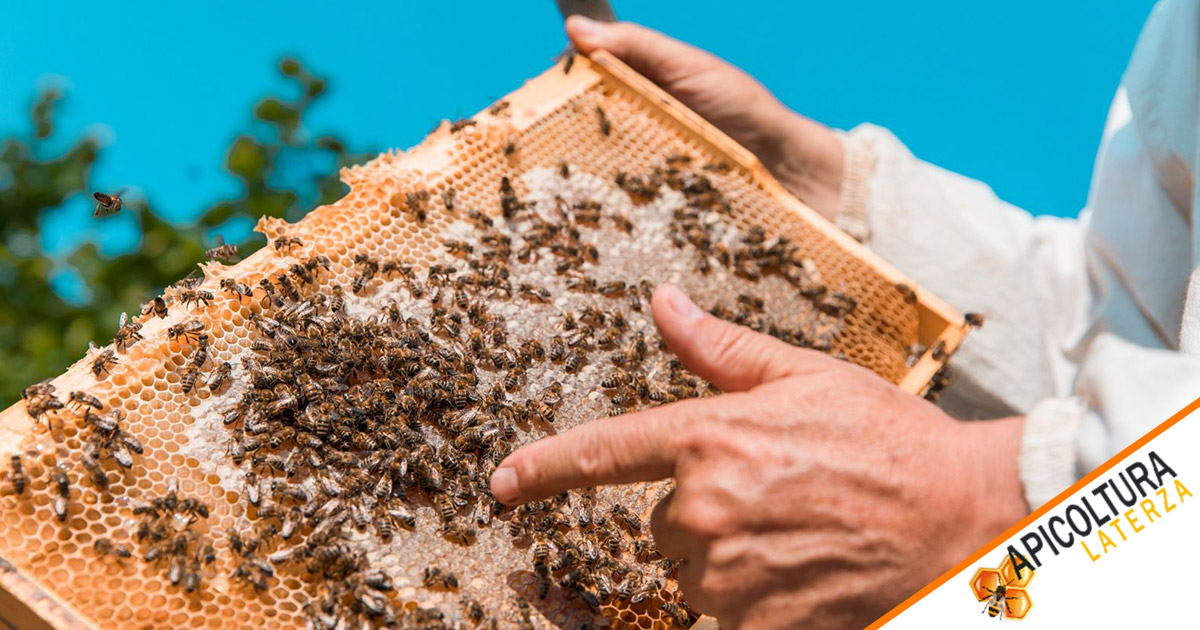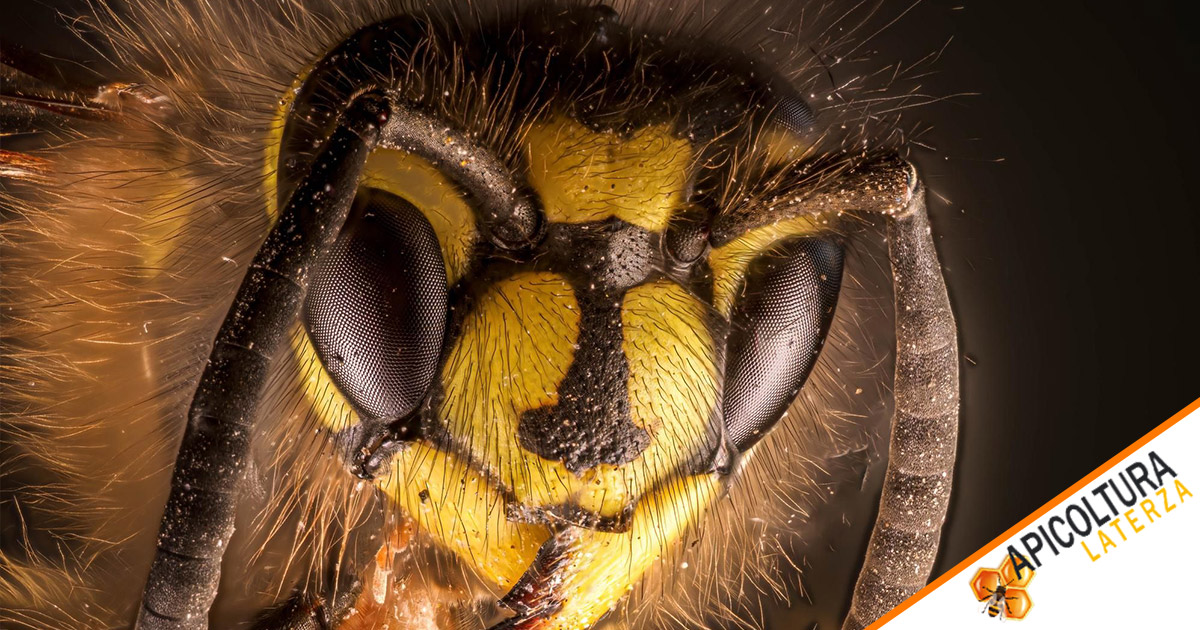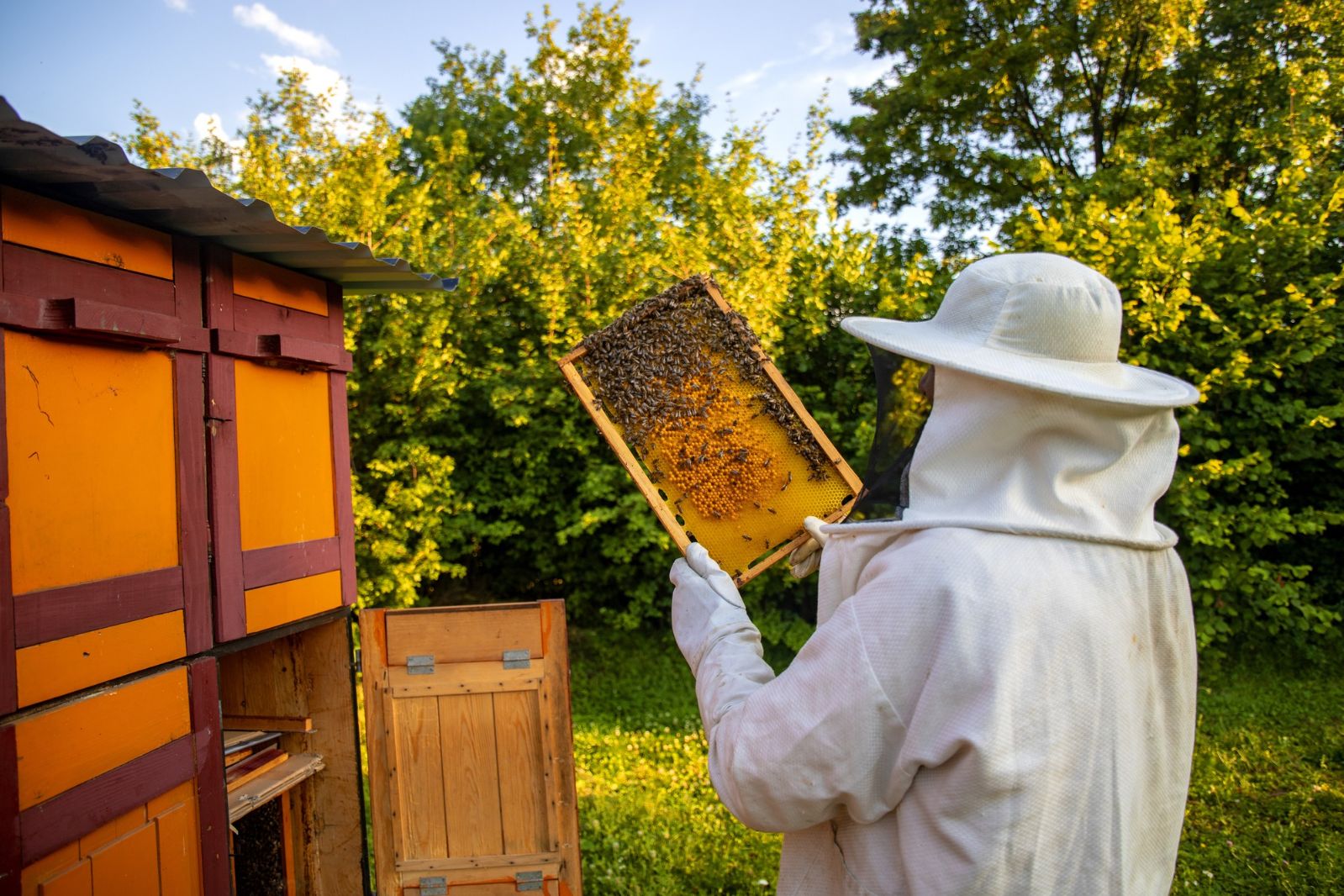Honey: let's discover the different types and their surprising health benefits
Honey is a natural product obtained from the nectar of flowers collected and transformed by bees . For thousands of years, it has been considered a precious food and a natural remedy thanks to its beneficial properties for health. The different types of honey vary according to the species of plants from which the bees collect the nectar, resulting in a range of flavours, colors and unique properties. In this article, we will explore the different types of honey and their health benefits, discovering how this sweet nectar can enrich our diet and well-being.

 English
English  Italiano
Italiano  Estonian
Estonian  Finnish
Finnish  Français
Français  Deutsch
Deutsch  Latvian
Latvian  Norsk
Norsk  Polski
Polski  Română
Română  Español
Español  Svenska
Svenska 

